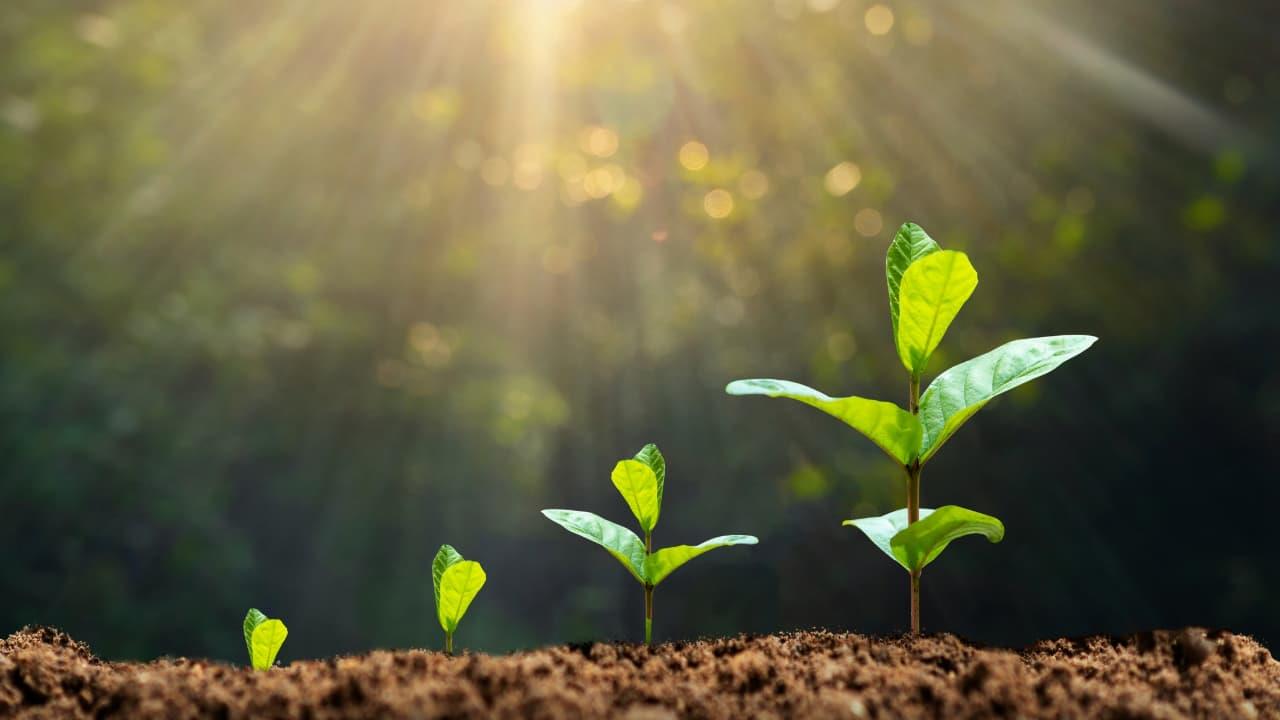Invasive Plants: Why Some Species Are Taking Over Ecosystems Worldwide
Plants spreading outside their natural habitats is one of the major environmental changes caused by humans globally. Over 16,000 types of vascular plants, those with special tissues to transport water and nutrients, have now settled permanently in countries far from where they originally grew. Studies show that most of this movement has taken place since the 1950s, especially in areas where human activity has a strong influence on the environment. These plants, referred to as naturalised alien plants or neophytes, can significantly impact the ecosystem they enter.
Some of them grow very quickly and become invasive species. They take over new areas and replace native plants. But how do these plants thrive? Do they find unused spaces in the new environment that native plants don't occupy? Or are they simply very good at spreading on their own?
Research Findings
A group of international researchers, led by the University of Konstanz in Germany, examined this question. The findings were published in Nature Communications. They looked at nearly 4,000 native plant species from ten European countries and compared how much these plants have spread globally. Europe is known for sending many naturalised plants to other parts of the world. Their study provided clear findings.
Mark van Kleunen, a biologist from Konstanz who led the research, said,“Our results show that many of the European plant species that successfully naturalize in foreign ecosystems are species that have expanded rapidly in their European home regions as well. Plants that are declining in their natural range, on the other hand, rarely succeed in settling in foreign areas.”
The researchers found that successful plants often share certain characteristics. They are typically tall, can survive in various environments, are very competitive, and prefer nutrient-rich soil.
Why Is It Important
Rashmi Paudel, the lead author of the study, explained that the same biological features which help plants thrive in their native environments are probably also important for their success in new areas. Plants that do well in their original habitats may already have the traits needed to spread to different regions. Additionally, it is possible that plants which are already widespread are more likely to be gathered, moved, and introduced by people to other parts of the world.
By monitoring native plant populations closely, scientists can better assess the risk of them becoming invasive elsewhere. In short, the plants that dominate their local areas are more likely to become invaders in other areas. This knowledge is important for protecting native plants and wildlife from being replaced by aggressive newcomers.
Legal Disclaimer:
MENAFN provides the
information “as is” without warranty of any kind. We do not accept
any responsibility or liability for the accuracy, content, images,
videos, licenses, completeness, legality, or reliability of the information
contained in this article. If you have any complaints or copyright
issues related to this article, kindly contact the provider above.
Most popular stories
Market Research

- Japan Buy Now Pay Later Market Size To Surpass USD 145.5 Billion By 2033 CAGR Of 22.23%
- BTCC Summer Festival 2025 Unites Japan's Web3 Community
- GCL Subsidiary, 2Game Digital, Partners With Kucoin Pay To Accept Secure Crypto Payments In Real Time
- Smart Indoor Gardens Market Growth: Size, Trends, And Forecast 20252033
- Nutritional Bar Market Size To Expand At A CAGR Of 3.5% During 2025-2033
- Pluscapital Advisor Empowers Traders To Master Global Markets Around The Clock






















Comments
No comment